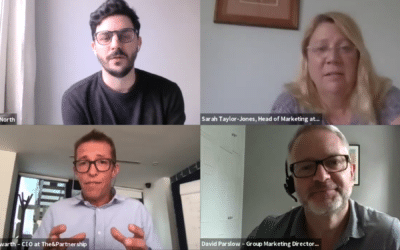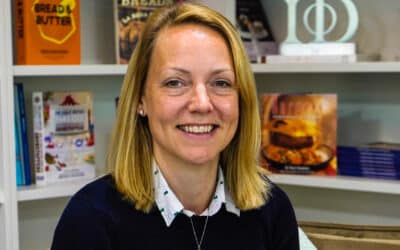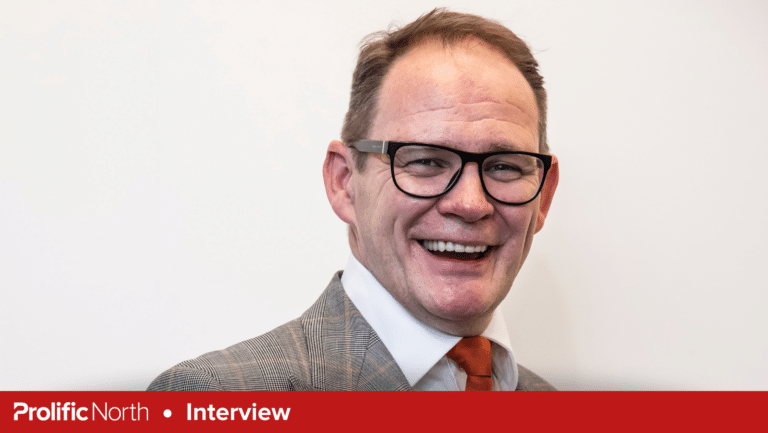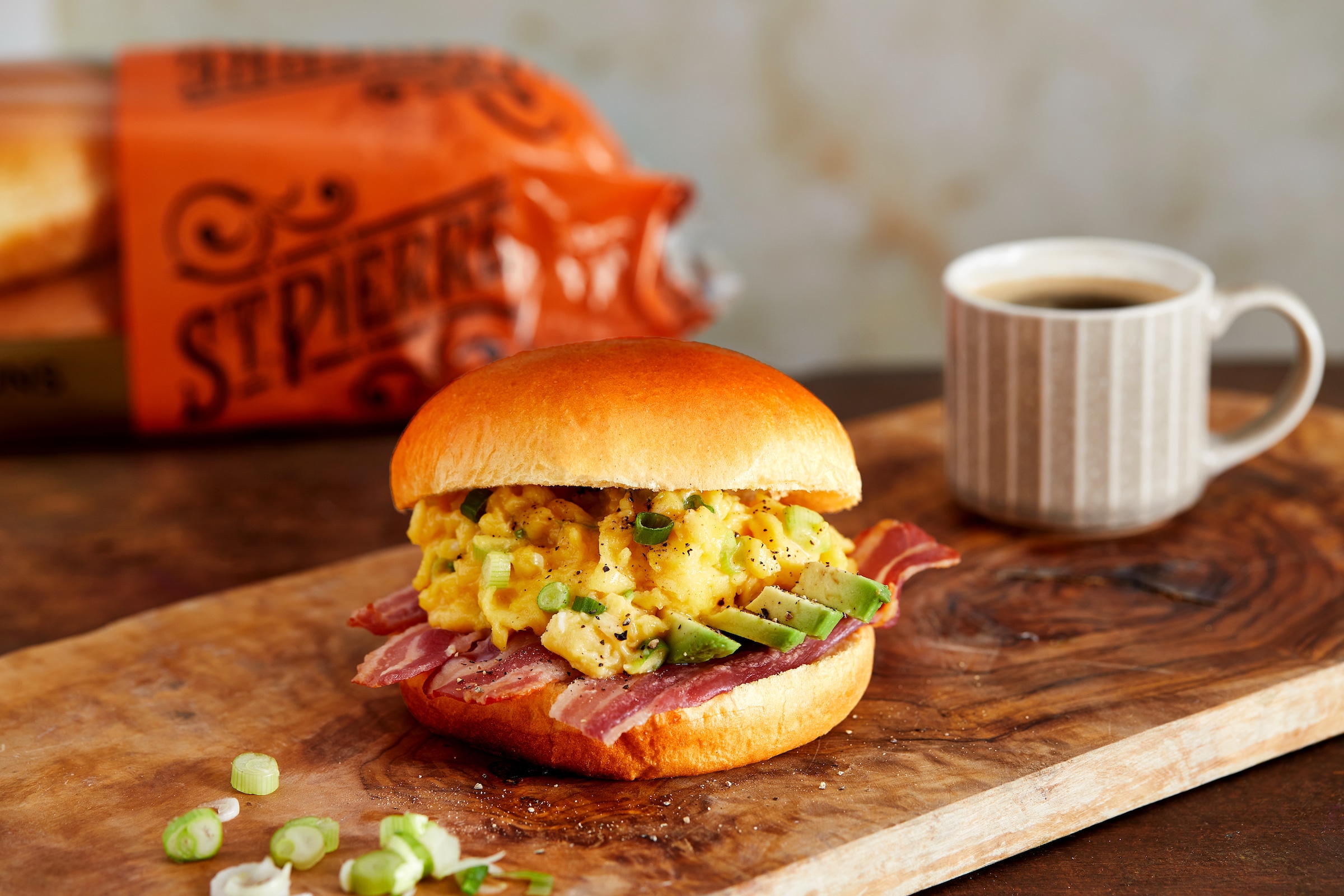Having experienced strong growth for the past eight years or so, “what the pandemic really did was it forced people home, [and] the only thing they could really do was enjoy food, with their immediate family, at home.”
The group went into the pandemic “pretty well-prepared in one sense, and completely unprepared in another,” said Baker. They had routinely been investing in IT and infrastructure but realised it needed stepping up very quickly so as not to lose out at an advantageous time.
Against the backdrop of international peaks in demand, and not being able to see people in-person, “we had to step back and have a very quick look at ‘how are we going to do this?’” he said – everything from operations and sales to communications and leadership.
And this has helped them grow and thrive, hitting a retail sales value of almost $250 million.
In-housing marketing and digital to support growth
As the industry moves towards something resembling an exit from COVID – with employees returning to offices occasionally and retail showing signs of recovery – “coming out of COVID is very much about supporting the growth we’ve already had,” said Baker.
“We’ve invested so much in specialist headcount in marketing during COVID.”
Part of this plan has involved bringing the majority of its marketing activity in-house, something a number of larger brands have recently chosen to do instead of using agencies. “We’ve gone from a marketing team of three, to a marketing team of 16, so we’ve effectively built an in-house agency.
“We used to have a lot of agencies – social, digital, PR,” said Paul, and have moved in-house because “brands are getting to a size where we really need to be moving very quickly.
“We don’t want to be switching agencies and wasting time in that way – we felt that having our own in-house resource was going to be far more valuable for the next phase of growth.”
This has been compounded by the demands of its international customer base and the time zones it spans – and the company has also recently employed a copywriter to better communicate with its audience.
“We don’t have a problem with agencies, but I think you get to a certain point in your evolution as a business where it makes sense to have that resource in-house,” said Baker.
The real benefit comes from having people who are working on your brand all the time and know the business very well, as opposed to relying on people who don’t.
This too, he added, has been very exciting to see. Despite the obstacles of remote hiring and not even managing to meet in person as a whole group until winter 2021, “that creativity started to spark between the team… seeing that in-house is really exciting.”
COVID-proofed through digital transformation
By investing in digital products, St Pierre Group managed to handle the increased demand it experienced. Even through things like Teams and video conferencing software, the company maintained the necessary communication, and recently implemented an enterprise resource planning (ERP) system.
“One of the things we learnt in COVID was: Remaining agile is key.”
Having realised they needed a way to talk to American trade customers, Paul said, St Pierre Group took the concept of the face-to-face meeting and “came up with the idea of transforming that into almost a newsroom-quality presentation.” In the vein of a presenter reading the news, Baker would have a background and graphics presented on a green screen – and “the American retailers loved it”.
What has truly had the biggest impact was its sales enablement platform, built internally by a member of the digital team. “That was transformational.”
The new platform included everything the American St Pierre team would need to market and sell – across colour schemes, logos, image files, ingredient lists, product information, and so on. “Whatever you want, it’s on this sales enablement platform,” said Baker.
“With any brand, you want consistency – that was one of the things that before we had this platform we didn’t have.” Both innovative and useful, it’s used by the in-house St Pierre team, brokers and distributors to ensure standardisation of marketing and promotion worldwide. “And they’re actually advertising it for us!” he added.
“Digital is not just online”
Its digital activity hasn’t only been online, however. “Wherever we had a digital imprint,” said Baker, “we upped our spend. But also – as people started to go back to stores after the lockdowns – we started supporting digital in-store activation.
“Digital is not just online. Sometimes there’s a misconception that [digital only] means websites and social media. It’s far, far more than that now.”
It’s difficult but crucial for any company to know where the best investment in digital is, he added. Some put all their eggs in one innovative basket, like TikTok, and do it very well – but that won’t work for everyone.
In their world of FMCG, digital is crucial – “it’s necessary to have a very good understanding of what’s available to you to push your business forward,” said Paul.
“Some are really vibrant and exciting and interesting, like social media. And some can be quite boring and mundane. But sometimes it’s boring and mundane things that get you the sales.” For any marketer, he said, it’s finding the mix that pushes your brand forward.
Consumer insight research, he believes, is both incredible and very powerful – so doing your research properly is vital to tell you how best to spend your budget. Know your consumer and their demographic, he said, and you can “spend your marketing budget much better.”
On the whole, Baker’s focus is on selecting the right people with the right expertise to make those decisions, as well as manage the digital solutions directly. “I’ve got systems in my business, that frankly, I wouldn’t know how to work my way around.
“You have to make sure that you’re recruiting people who understand that pace of change digitally. It’s all very well if you were doing marketing 25 years ago – a fraction of what you know is relevant now – probably the principles.
“I’ve got very, very good people around me, who can tell me exactly what I need to know from [our] systems.
“Technology is moving at lightning speed now, and you’ve got to stay up with it.”
An upward trajectory
After an 18 months of both opportunities and serious challenges, Baker is optimistic about the future. “We have a lot of fun [and] we enjoy what we do,” he said. “In the worst of times, which – let’s face it – the past 18 months have been for everybody, you’ve still got to find that light.”
In the UK, he confirmed, revenue for the St Pierre brand of brioche products alone has grown 88% over over the course of the year and in the USA, by around 18%.
While “it’s never been more challenging than it is now”, the organisation plans “to keep going on that growth curve”.
“We’re not short on opportunity,” he added, “but we just want to keep doing what we’re doing – keep building our business, keep building our brands, and keep having fun doing it.
“We aim to continue to do well, and continue to pay it forward locally, nationally and internationally.”















